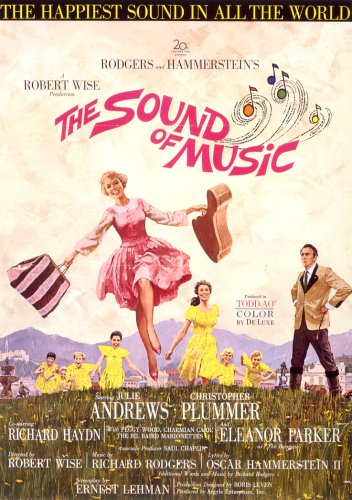| Fecha | Área | Bruto |
|---|---|---|
| 1990 | USA | USD 657,168 |
| 1978 | USA | USD 253,373 |
| 1973 | USA | USD 23,993,727 |
| 1965 | USA | USD 126,505,564 |
| USA | USD 163,214,286 | |
| 1965 | UK | GBP 5,667,000 |
| 1965 | UK | USD 15,867,727 |
| Worldwide | USD 286,214,286 | |
| Non-USA | USD 123,000,000 | |
| 1965 | Sweden | USD 6,231,926 |
| Sweden | SEK 32,239,000 |





















.jpg)